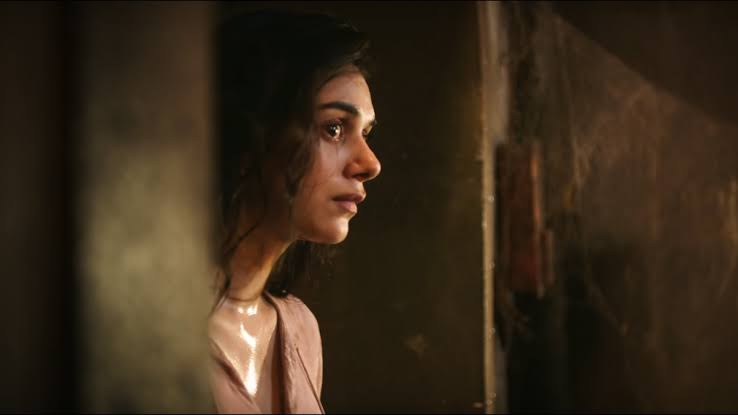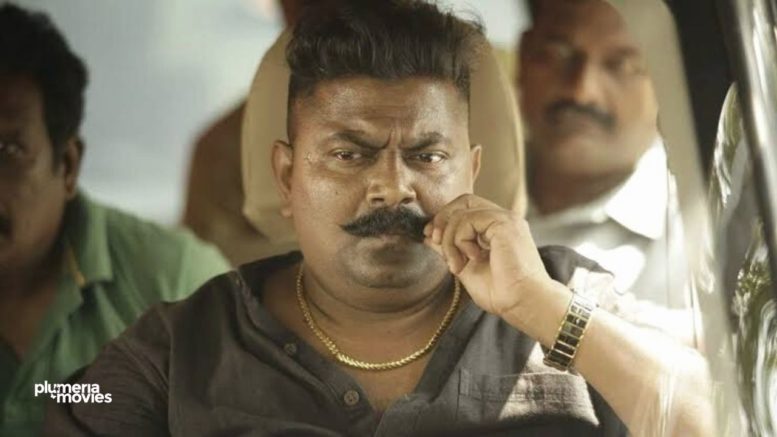In the vast realm of cinema, the significance of a name might be questioned, especially when adorned with enigmatic stage names that are customary. However, for ardent literature enthusiasts, a fascinating connection might be drawn between a fictional Russian prince and a visionary film director hailing from Chennai. Little did the revered Russian writer Dostoevsky know that his masterpiece character from ‘The Idiot’ would be reincarnated as the cinematic alter ego of a Tamil prodigy – a geeky yet immensely talented individual who would later be renowned as the avant-garde auteur known as Mysskin.
Literary Roots and Cinematic Enlightenment
Mysskin’s journey unfolds as a narrative fit for an indie film. Raised in the cultural hub of Chennai, he emerged from a cinematic crucible that gave rise not only to brilliant technicians but also to intellectual cinephiles devoted to a lifelong study of film. The 80s witnessed the birth of a cinematic movement incubated at the iconic Samco restaurant, where luminaries like Mani Ratnam and PC Sreeram congregated to shape the future of Tamil cinema. Among these pioneers was Mysskin, a cineaste who delved into English classics under the glow of a streetlight, immersing himself in the works of legends like Kurosawa and Ray.
Neo-Realism and Mysskin’s Cinematic Tapestry
Mysskin’s cinematic universe is a reflection of socio-economic disparities, echoing the principles of Neo-realistic filmmaking pioneered by Italian masters. However, he infuses his narratives with profound subtexts and layers, inviting viewers to unravel hidden depths through multiple viewings. Beyond mere box office success, Mysskin strives to engage audiences on a philosophical level, provoking contemplation and introspection.
Anjaathe (2008): Mysskin’s breakthrough film, “Anjaathe,” catapulted him into the forefront of the Tamil new wave. The film’s innovative use of mise-en-scène and a brisk narrative style announced Mysskin as a visionary filmmaker with a distinctive voice.
A Commitment to Truth and Atmospheric Realism
In Mysskin’s cinematic realm, truth is presented unvarnished. Whether portraying brutal violence or capturing the purity of a child’s innocence, his commitment to authenticity is unwavering. The lighting, costumes, and production design coalesce to create atmospherics that transport viewers into a parallel world, where reality exists solely within the confines of a darkened cinema hall. This commitment is vividly evident in his acclaimed work, “Yuddham Sei” (2011).
Mysskin’s cinematic journey continues to captivate audiences, offering a unique blend of socio-realism, intellectual depth, and an unflinching dedication to the art of storytelling.
Mysskin’s Artistic Odyssey: Navigating Praise and Criticism
Embarking on a creative journey inevitably involves navigating a spectrum of praise and derision. Mysskin, the avant-garde filmmaker of Tamil cinema, stands resilient against criticism, yet not impervious. While lauded for his distinct narrative style, Mysskin has faced censure for occasional overindulgence, notably witnessed in the setback of “Mugamoodi” (2012). This superhero venture, an ode to Bruce Lee, drew unfavorable reviews for its perceived shortcomings, exemplifying the delicate balance between creative expression and storytelling efficacy.
The Pitfalls of Overindulgence and Attention to Detail
Mysskin’s meticulous attention to detail, while often lauded, can, at times, detract from the fluidity of a scene. This inclination toward minute intricacies, characteristic of a true auteur, can occasionally obscure the broader narrative strokes. In a realm where many directors rely on star power to propel box office success, Mysskin’s commitment to narrative depth and technical finesse stands as both a strength and a potential pitfall.
Realism Amidst Mainstream Tropes: The Mysskin Aesthetic
In the landscape of Tamil mainstream cinema, hyper-masculinism, patriarchal themes, and casual sexism are prevalent tropes. The conventional formula often includes a diminutive hero engaging in actions deemed heroic by a predominantly male audience. Mysskin disrupts this paradigm by crafting characters that mirror real people, eschewing grandiose posturing and punch-laden dialogues. This commitment to realism has become synonymous with “Mysskinism,” distinguishing his work in a realm saturated with stylized exaggerations.
Mysskin’s Cerebral Cinema in the Era of OTT Platforms
Tamil cinema has a historical entanglement with geopolitics, fostering a storytelling format marked by naivety and black-and-white characterizations. This tradition has elevated actors to demigod status despite personal fallacies. Mysskin’s cerebral cinema, challenging these norms, finds a natural home in OTT platforms. The immersive and intimate setting offered by platforms like Netflix and Amazon allows viewers to dissect, debate, and appreciate the nuances of Mysskin’s work.
Cracking the Regional Barrier: Mysskin’s Arrival Beyond Tamil Nadu
The emergence of streaming platforms has facilitated the exposure of regional cinema to a wider audience. Mysskin, once confined within the borders of Tamil cinema, has transcended geographical barriers, making his mark on a national scale. For non-Tamilians, these platforms serve as gateways to explore the works of cutting-edge artists previously unknown beyond regional boundaries. Mysskin, in this context, has emerged as a cinematic luminary, inviting audiences from diverse backgrounds into the realm of his distinctive storytelling.

Mysskin: A Multifaceted Artistic Evolution
Mysskin, a filmmaker drawing inspiration from the masters but still evolving, proves to be a versatile artist exploring various facets of the cinematic realm. Unlike some directors, he transcends the role of a directing “brand,” showcasing prowess as an actor, accomplished screenwriter, and even a singer. In films like Savarakathi (2018), where he took on an acting role, he not only contributed to its box office success but also overshadowed the main lead, showcasing his multifaceted talents.
Diversifying Talents: Actor, Screenwriter, Singer
Anurag Kashyap’s parallel trajectory as a versatile artist finds resonance in Mysskin’s journey. Beyond his directing endeavors, Mysskin delves into acting, screenwriting, and even lending his voice to the artistic process. The growth of a true artist lies in the continuous exploration of opportunities for honest expression, a path Mysskin ardently treads. Notably, his portrayal of a mentally challenged character in Nandalala (2010) displays a nuanced understanding of marginalized personas, paving the way for future explorations in storytelling.
Trailblazing Contributions: Super Deluxe and Shilpa’s Bravery
With a writing credit for Super Deluxe (2019), Mysskin cements his status as a future luminary in Tamil cinema. The film, lauded for its audacity and brilliance, introduces Shilpa, one of Indian cinema’s bravest characters and memorable feminists. Mysskin’s storytelling prowess not only propels him into the echelons of greatness but also enriches the cinematic landscape with daring narratives.
Humble Demeanor Amidst Cinematic Brilliance
Unlike some celebrated directors, Mysskin avoids the pitfalls of arrogance and remains humble, witty, and mysteriously aloof. His interviews reveal a playful smile behind his signature Wayfarer shades, coupled with self-deprecating humor and reverent tributes to his film heroes. In a world saturated with overexposure and overt promotions, Mysskin maintains a shadowy presence, emerging only when necessary.
Cinematic Venom: Dark Humor and Uncomfortable Realities
Mysskin’s films, often laced with dark humor akin to fine scotch, offer a selective and smooth experience. While initially discomforting due to their graphic content, they become a tenfold pleasure upon deeper engagement. Contrary to some stars treating films as soapboxes, Mysskin views them as mirrors reflecting society’s truths. From the sartorial Sherlock in Thupparivaalan to the intense Onaayam Aattukkuttiyum, Mysskin continues to wield his cinematic mirror, capturing compelling dark subjects with a self-effacing charm.
The Enigmatic Cinematic Snake: Mysskin’s Enduring Charm
In a world where directors often clamor for attention, Mysskin remains an enigmatic cinematic serpent, emerging from the shadows when his storytelling venom is primed to strike. His hypnotic charm, both innocuous and lethal, assures audiences that they will be captivated once more by the allure of Mysskin in the pursuit of compelling narratives.

An educator, cinephile, fitnesser and sports lover.


Very well written and thoroughly researched article !!
Hooked on Mysskinism after reading this piece !
Fantastic Article ??